
The Essential Far, Farther, Farthest Worksheet: Unlocking Distance in English Grammar
English, with its rich tapestry of words and nuanced grammar rules, often presents learners with delightful challenges. Among these, the proper use of adverbs and adjectives of distance – "far," "farther," and "farthest" – stands out. These seemingly simple words hold the key to expressing varying degrees of physical remoteness, and mastering them is crucial for clear and precise communication. This comprehensive article delves into the intricacies of these terms, explores the common "farther vs. further" debate, and highlights the indispensable role of a well-crafted far, farther, farthest worksheet in solidifying this grammatical understanding.
Understanding the Degrees of Distance: Far, Farther, Farthest
At its core, "far," "farther," and "farthest" represent the positive, comparative, and superlative degrees of distance, respectively.

-
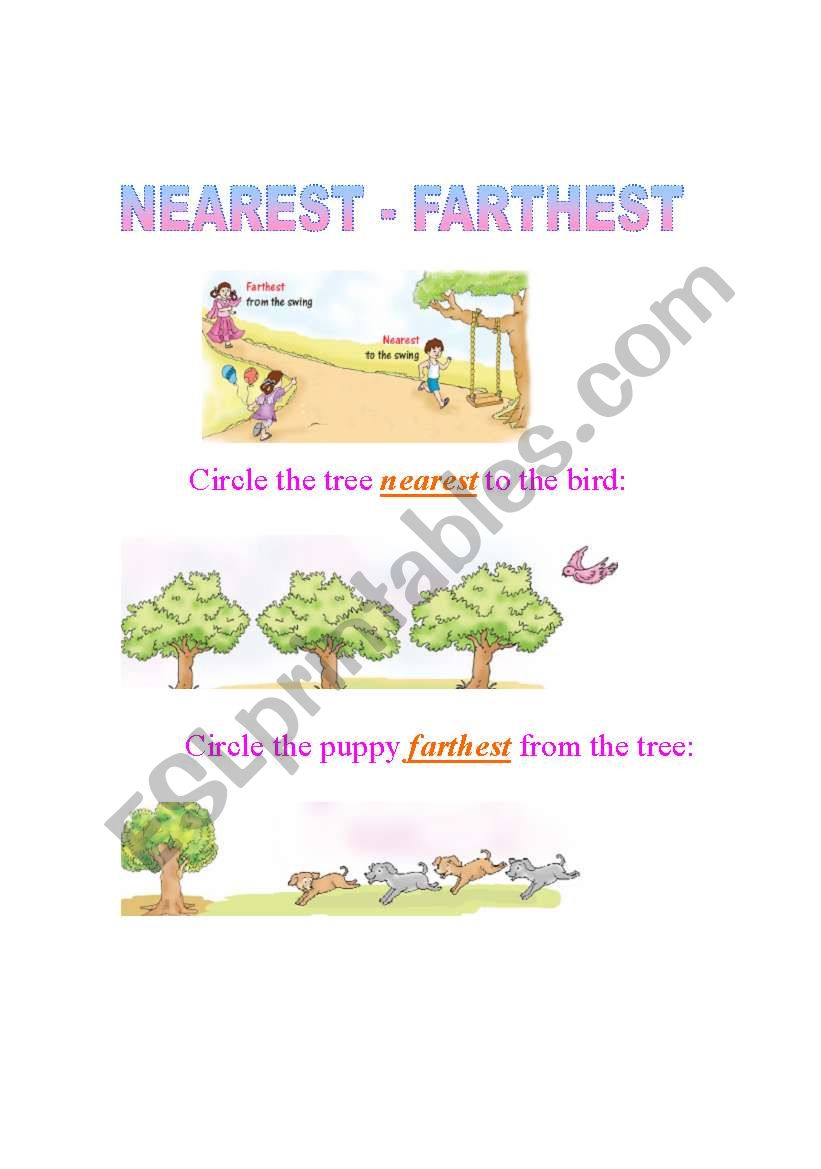
Far (Positive Degree):
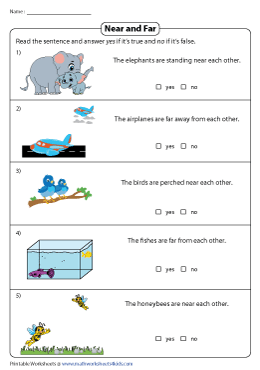
"Far" is used to indicate a significant distance. It describes something that is not close. It can function as both an adverb (modifying a verb, adjective, or another adverb) and an adjective (modifying a noun).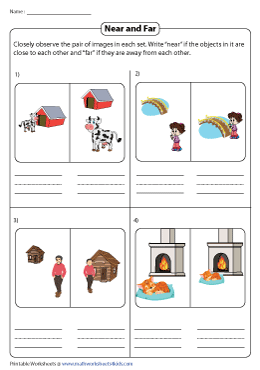
- As an Adverb: "How far is the nearest gas station?" (modifying "is") or "She lives far from the city center." (modifying "lives").
- As an Adjective: "He traveled to far lands." (modifying "lands").
-
Farther (Comparative Degree):

"Farther" is used to compare the distance of two or more things. It implies that one thing is at a greater physical distance than another. It is exclusively used for measurable, physical distance.- "The moon is farther from Earth than the International Space Station."
- "Our new house is farther from my office than the old one."
- "Can you throw the ball farther?"
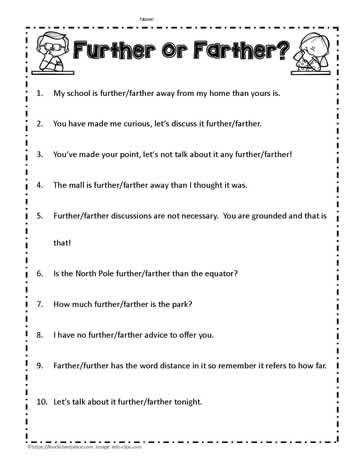
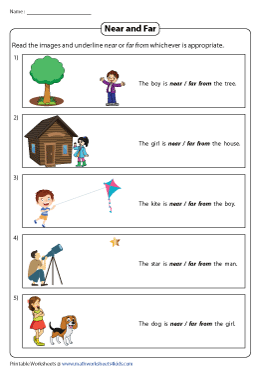
-
Farthest (Superlative Degree):
"Farthest" is used to indicate the greatest physical distance among three or more things. It signifies the ultimate point of remoteness in a given context.- "Pluto is currently considered one of the farthest objects in our solar system."
- "Of all the places I’ve visited, Antarctica was the farthest and most remote."
- "Who can jump the farthest in our class?"
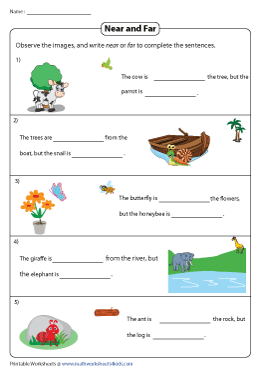
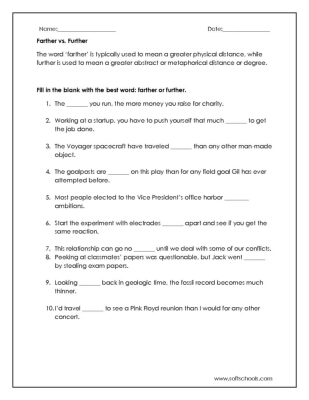
These three words form a logical progression, allowing speakers to articulate distance with precision, from a general sense of "far" to specific comparisons with "farther" and the ultimate degree of "farthest."
The "Farther" vs. "Further" Conundrum: A Crucial Distinction
While "farther," "farther," and "farthest" are generally straightforward for physical distance, the English language introduces a common point of confusion: the word "further." Historically, "farther" and "further" were often used interchangeably, and in casual speech, they still sometimes are. However, in modern standard English, particularly in formal writing and academic contexts, a clear distinction is maintained:
-
Farther: Strictly for physical, measurable distance.
- "The next town is ten miles farther down the road."
- "She could see the ship sailing farther out to sea."
-
Further: Primarily for non-physical, abstract, or additional concepts. It can mean "more," "additional," "to a greater extent," or "in addition."
- "Let’s discuss this matter further tomorrow." (meaning "more" or "to a greater extent")
- "Do you have any further questions?" (meaning "additional")
- "He needed further convincing to agree to the plan." (meaning "more" or "additional")
- "To gain further insight, we need to conduct more research."
While some grammarians acknowledge that "further" can occasionally be used for physical distance (e.g., "the furthest star"), it’s generally recommended to stick to "farther" for physical distance to maintain clarity and precision. The distinction between these two words is a prime example of why a dedicated far, farther, farthest worksheet is so valuable, as it allows learners to practice and internalize these nuanced rules.
The Indispensable Role of the Far, Farther, Farthest Worksheet
In the journey of language acquisition, theoretical knowledge must be cemented with practical application. This is where the far, farther, farthest worksheet becomes an invaluable tool for both educators and learners. Its importance cannot be overstated for several reasons:
- Structured Practice: Worksheets provide a systematic way to practice grammar rules. Instead of just reading explanations, learners actively apply what they’ve learned by filling in blanks, choosing correct options, or constructing sentences.
- Reinforcement: Repetition is key to memory. A well-designed worksheet offers multiple opportunities to encounter and use "far," "farther," and "farthest" (and often "further"), reinforcing their correct usage.
- Identification of Weaknesses: As learners complete exercises, they (or their instructors) can quickly identify areas where they struggle. For instance, consistent errors in distinguishing "farther" from "further" indicate a need for more focused attention on that specific distinction.
- Self-Assessment: Many worksheets come with answer keys, allowing learners to check their work independently. This fosters autonomy and immediate feedback, crucial for effective learning.
- Contextual Learning: Good worksheets present these words within meaningful sentences and scenarios, helping learners understand how they are used in real-world contexts, not just as isolated grammatical points.
- Engagement: While often seen as traditional, a creative and varied far, farther, farthest worksheet can be quite engaging, especially if it incorporates visuals, relatable scenarios, or even game-like elements.
Designing an Effective Far, Farther, Farthest Worksheet
For educators creating or selecting a far, farther, farthest worksheet, several elements contribute to its effectiveness:
- Clear Instructions: Ambiguous instructions can hinder learning. Ensure learners know exactly what they need to do for each exercise.
- Varied Exercise Types:
- Fill-in-the-blanks: Simple sentences where learners insert the correct form ("far," "farther," "farthest," or "further").
- Sentence Transformation: Asking learners to rewrite sentences using a different degree of distance.
- Multiple Choice: Offering options for learners to select the best fit.
- Error Identification: Presenting sentences with incorrect usage and asking learners to correct them.
- Real-World Scenarios/Short Paragraphs: Providing mini-stories or dialogues where learners must naturally apply the words to describe distances or abstract concepts.
- Picture-Based Exercises: Using maps, diagrams, or images to prompt descriptions of relative distances.
- Inclusion of "Further": It’s vital that the worksheet explicitly addresses the "farther vs. further" distinction, providing ample practice for both.
- Gradual Difficulty: Start with simpler exercises and progressively introduce more complex scenarios or sentence structures.
- Answer Key: Essential for self-correction and teacher efficiency.
- Concise Explanations/Reminders: A small grammar box or reminder at the top of the worksheet summarizing the rules can be very helpful.
Practical Applications and Real-World Scenarios
The mastery of "far, farther, farthest" extends beyond the classroom; it’s fundamental to everyday communication.
- Travel and Navigation: "Is it much farther to the next exit?" "The train station is the farthest building down this street."
- Geography and Astronomy: "Mount Everest is far from sea level." "Jupiter is farther from the sun than Mars." "Voyager 1 is the farthest human-made object from Earth."
- Comparisons and Descriptions: "This car can go farther on a tank of gas." "His house is the farthest one in the cul-de-sac."
- Figurative Language (especially with "further"): "We need to go further into this topic." "She pushed herself further than ever before."
A well-designed far, farther, farthest worksheet should aim to simulate these real-world contexts, moving beyond mere grammatical drills to promote genuine understanding and application. By practicing with relevant examples, learners can bridge the gap between theoretical knowledge and practical fluency.
Tips for Learners and Educators
-
For Learners:
- Practice Consistently: Regular engagement with exercises is more effective than cramming.
- Create Your Own Sentences: After completing a worksheet, try to write five original sentences using each of the words.
- Read Aloud: Hearing the words in context can help solidify their usage.
- Pay Attention to Context: Always consider whether you’re talking about physical distance or something abstract.
- Don’t Be Afraid of Mistakes: Errors are learning opportunities.
-
For Educators:
- Mix and Match: Don’t rely solely on one type of worksheet. Incorporate games, debates, and communicative activities.
- Provide Context: Before giving a worksheet, introduce the concepts with clear examples and real-life scenarios.
- Encourage Discussion: Ask students to explain why they chose a particular word. This deepens understanding.
- Give Constructive Feedback: Go beyond just marking right or wrong; explain the error and provide guidance.
Conclusion
The journey to English fluency is paved with understanding and mastering nuanced grammatical distinctions. "Far," "farther," and "farthest" are more than just words; they are essential tools for accurately describing the world around us in terms of distance. While "farther" handles physical separation, "further" elegantly navigates abstract and additional concepts. The strategic deployment of a comprehensive far, farther, farthest worksheet empowers learners to confidently differentiate and apply these terms, transforming potential points of confusion into areas of grammatical strength. By embracing structured practice, contextual learning, and clear explanations, both students and teachers can unlock the full potential of these fundamental words, paving the way for more precise and effective English communication.
